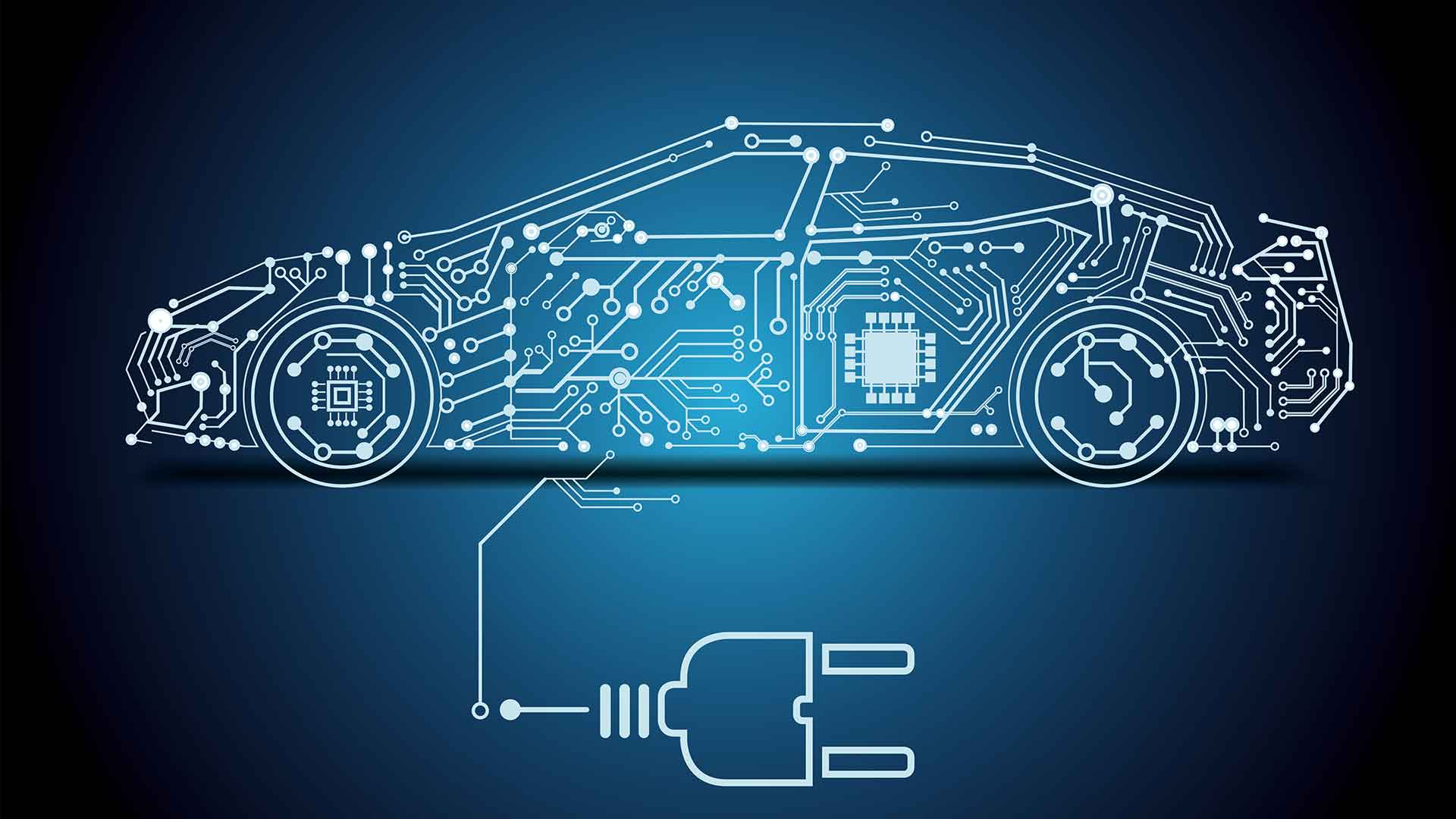Podcast – Electric Car Batteries
Electric car batteries are rechargeable batteries that power electric cars, bikes, and scooters. They are designed to give power over a sustained period and are deep-cycle batteries. Lithium-ion batteries are usually used in EVs.

How Does an Electric Car Battery Function?
Whereas internal combustion engine cars obtain their energy from gasoline or diesel combustion, an electric vehicle draws power directly from a large battery pack.
These are similar to a larger version of the lithium ion battery in your phone. EVs don’t use a single battery like a phone but rather a pack made up of thousands of individual Li-ion cells that work together.
The Technology Used in Electric Car Batteries.
Electric car batteries go through cycles of discharge while driving and charge when the car is plugged in. The amount of charge electric car batteries can hold decreases as this process is repeated over time. This reduces the range and time required between charging journeys. The majority of battery manufacturers provide a five to eight year warranty on their products.
The connection between a battery and the car’s electric motor is surprisingly simple. The battery connects to one or more electric motors, which drive the wheels. When you press the accelerator, the car immediately supplies, power to the motor, gradually absorbing the energy stored in the batteries because electric motors also function as generators.
When you take your foot off the accelerator, the car begins to slow down by converting its forward motion back into electricity. This occurs more strongly if you apply the brakes.
Electric Car Batteries – The Lithium-ion Battery.
Lithium ion batteries are lightweight, high capacity batteries commonly used in electronic devices, such as laptops, mobile phones, cameras, video game consoles, GPS receivers, digital music players, and electric cars and bikes.
These batteries have a high energy density. This means that battery manufacturers will be able to save space, but increasing the overall size of a battery pack.
Use of Boron and Lithium-ion Batteries.
Lithium-ion batteries are used in portable electronics.
These batteries rely on graphite as an anode material due to its low cost and good properties such as high electrical, conductivity and stability.
One of the primary challenges of improving lithium-ion batteries. Is produces a highly ordered crystalline graphite structure through high-temperature, heat treatment. Which requires temperatures in the 3000 degrees centigrade range.
Still, this process can be expensive and energy intensive.
For increasing crystallinity, boron is incorporated into the crystalline structure of graphite at higher temperatures, which activate greater alignment and change the electronic structure.
Recycling Electric Car Batteries.
Although enabling a second life application can extend battery life. Electric car batteries must eventually be recycled.
In many countries. BEV technologies lack a well-established recycling framework, making these BEVs and other battery-powered electrical equipment a considerable energy expenditure, ultimately increasing CO2 emissions.
The cathode materials must be crushed to remove the current collector for the hydrometallurgical process. The cathode materials are then leached by aqueous solutions to extract the desired materials from them.
Are Electric Car Batteries Safer?
Manufacturers of electric car batteries ensure that Evie batteries are safe, installing smart management systems to prevent overheating and other issues.
Batteries do get warm during charging and discharging, but cars are designed to keep them cool. High-performance EVs may have liquid cooling systems to assist.
In response to the incident, which resulted in a minor fire. Tesla CEO, Elon Musk, stated that electric car batteries contain only about a 10th of the energy of a tank full of fuel, reducing the danger.
And that’s all for today on the topic of electric cars, batteries, and safety. For more information on topics related to advanced energy and boron, please see Borates Today. Thanks for listening.





